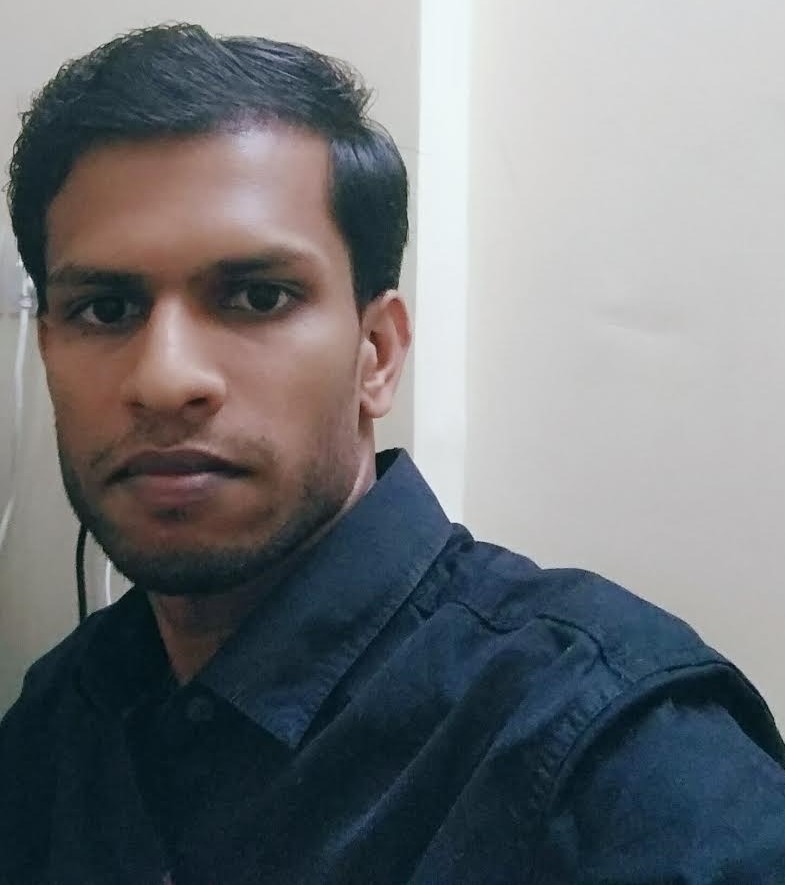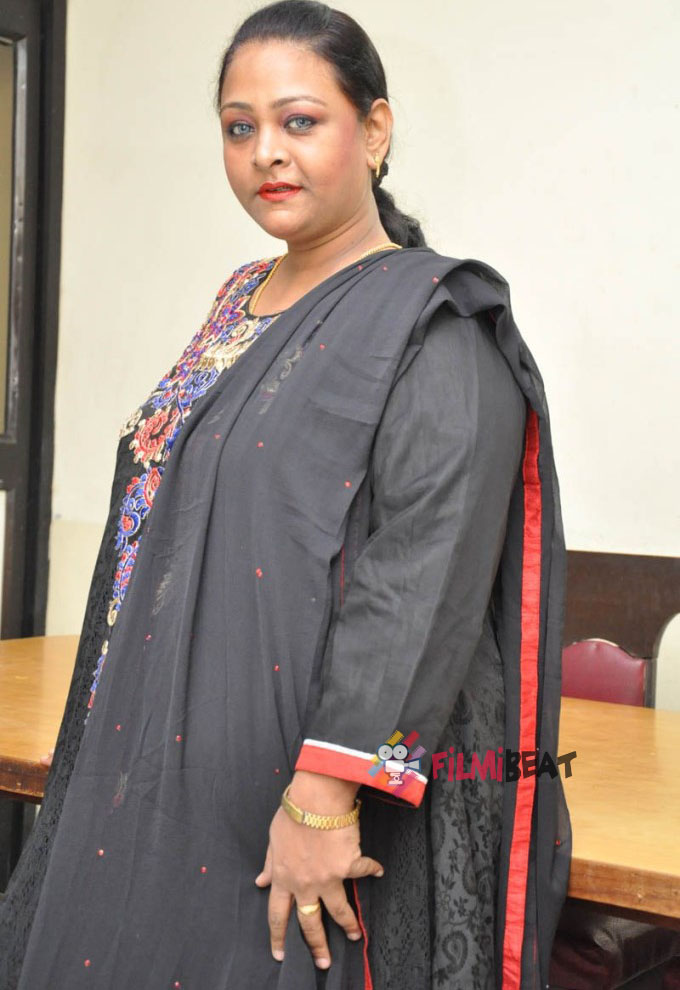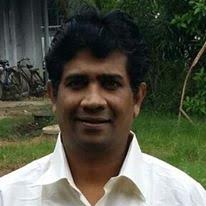Raju Chalwadi
 The Idea of a Tolerant India is socially constructed by the upper castes and the ruling elites. History demonstrates that those who upheld such idea were most intolerant in their action and thought.
The Idea of a Tolerant India is socially constructed by the upper castes and the ruling elites. History demonstrates that those who upheld such idea were most intolerant in their action and thought.
The debate on intolerance which started with the Dadri mob lynching now seems to be losing discourse in the public. Social scientists and commentators wrote at length to discuss the issue: whether India had become intolerant or not. While a detailed discussion did take place on Akhlaq’s murder and other such acts but commentators either overlooked or failed to connect these instances beyond a certain political spectrum to the larger act of intolerance which the historically oppressed groups face on a day to day basis. The intolerant relationship among people of this country due to caste-based relationship was not discussed. Hence, it is imperative in this context to discuss the idea of intolerance by connecting the instances of violence towards a specific community.
Tolerance or Intolerance can be seen in one’s actions and thoughts, by measuring these two parameters one could easily assess whether an individual/community is tolerant or not.
The basic principle on which social relationships of people of India are based is ‘caste.’ It clearly demarcates groups, their occupations, dietary choices, ritual ceremony and above all it creates a sense of hatred among each other. According to C. Bougle, repulsion is the principle behind caste relations. Hence, by its very nature, i.e., antagonistic relationship defines our thoughts against ‘others’. Historically speaking, majority of those who lived in this land were subject to extreme forms of discrimination and violence; the former is a case of intolerance on the basis of thought, while the latter is action. This repulsive nature of the relationship was totally sidelined in the recent debate on the level of tolerance of Indian people. The recent violence in Una and Saharanpur were just the byproduct of such intolerant relationships.
The incidents of repulsion against the Muslim community though not new, have reached a peak in the last few years due to divisive politics. With regards to the untouchables there is no need of any specific kind of politics, the hate against them is in the very nature of our society. Whether it is the Kilvenmani massacre or the Khairlanji incident, the society shows its worst form of violence (a form of intolerance) with complete societal sanction when it ‘deals’ with Dalits.
Though a general discourse on caste today suggests a decline, the data suggests the opposite. Different studies have shown prevalence of caste-based discrimination in wide public sphere even today. The worst victims being the untouchables, in 2015 a total of 45,003 crimes were registered against the members of untouchable communities. Similarly, by 2015 a total of 1,22, 083 number of cases are pending for trial with a pending rate of 86.9% being reported.
The level of intolerance of Indians (read Hindus) in case of untouchables reaches its peak, even after 70 years of independence untouchables are being killed for no reasons. For instance, they are being killed for keeping a ringtone which praises Ambedkar, they are being killed for using the flour mill before an upper caste, they are being killed for entering temples, for crossing their caste boundaries in the matter of love or as recent trends indicates also for being involved in their occupation. How can a person be killed just because his feet unintentionally touched a high caste community member while watching a film (Tsunduru case)? Such level of intolerance among citizens is hard to find in any other part of the world.
The safeguards enshrined in the constitution are nothing but a veil which tries to protect untouchables from the gruesome and inhumane face of their own fellow citizens. Attaching filth to someone’s body is the most heinous crime which Hindus have done in the name of karma and dharma. The concept of Vasudhaiva Kutumbakam, unity in diversity, richness of history and culture, tolerant and peaceful land – are all nothing but the veil/myths which are being created to hide the inhumane nature of this society.
The basic structures of society from where justice flows are inherently unjust towards untouchables. The examples given above are the instances of intolerance of action. In case of intolerance of thoughts, the Hindus cross every limits. The intolerance of thought denies the sense of humanity to members of the untouchable community and this denial of sense of being human is the most violent form of crime which is committed by the upper caste/class of this country since ages. Discriminating against a community which forms almost 17% of the population (200 million in numbers) on the basis of bodily impurity is an example of the worst kind of violence ever seen in the history of humanity. No other land on earth would tolerate being touched by an animal but not by a member of a specific community. We not only have the distinction of being the only country where a sense of filth is attached to nearly one fourth of the population but we also we unique on this earth by dividing animals too on the basis of purity.
The respect a high caste individual enjoys during social interaction is a mockery of the constitution which guarantees equal treatment to each individual of this land irrespective of his or her caste. And the sense of loneliness which an untouchable experiences in the public sphere as well as during private interaction is a sign of sickness which Ambedkar spoke of decades back when he said ‘Hindus are the sick men of this country.” Caste is no doubt Bio-power being used to control the bodies of untouchables through thoughts and action: religious texts and myths act as a Bio-Politics in the interaction.
History will repeat itself if it is left unsettled. The continuous tussle due to intolerant relationships between various communities residing in India is a result of an incomplete social transformation. The formations of separate student groups by the backward caste communities throughout the campuses of higher learning or the emergence of Bhim Army in Uttar Pradesh – all these are the result of the revival of Ambedkar’s thoughts, Buddha’s vision and Phule-Periyar’s acts of resistance due to the fear of reversal of the project of social justice. It should not be seen only as an act of resistance or a mere intellectual wave among the followers of Ambedkar or Phule but it is a larger result of development of what Ambedkar called “consciousness of kind” among these individuals. The consciousness that ‘we’ as a whole have suffered in the past and continue to in the present as well.
The current discourse regarding greatness of Hindu religion has further ‘de-purified’ the untouchables as the position of untouchables in the society ultimately depends on the decline or rise of Hindu religion, especially when majority of untouchables are still Hindu. The purity of Hindu religion is ultimately based on the impurity of lower castes especially untouchables. The current right wing regime knows it very well hence in order to maintain their purity the practice of intolerance against untouchables becomes imperative. It is not to say that earlier governments are not culpable of promoting such practices of intolerance but the major difference between the earlier regimes and the current one is that the former’s existence was based on soft policy of upper caste appeasement based on real material benefits whereas the latter’s existence ultimately depends on the purity of Hindus and impurity of ‘others’.
India has never been tolerant. It has always been a place of battle between the so-called ‘pure’ and the assigned ‘impure.’ It is only in the interests of the upper caste/class that the term ‘tolerant’ came into being.
~~~
Raju Chalwadi is a Ph.D. Candidate at the Humanities and Social Sciences Department, IIT-Madras. He also holds a Master’s degree in Development Studies from the Tata Institute of Social Sciences, Mumbai.










